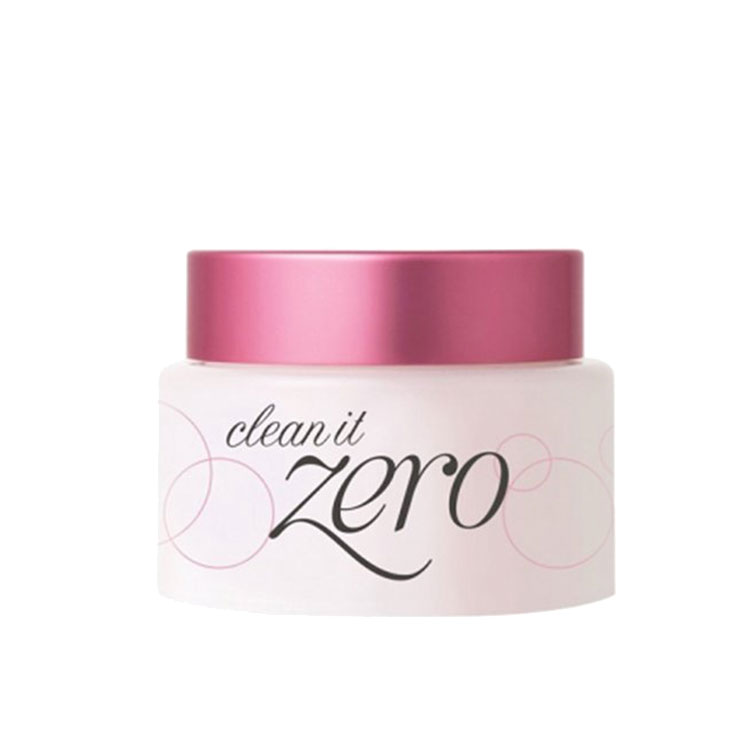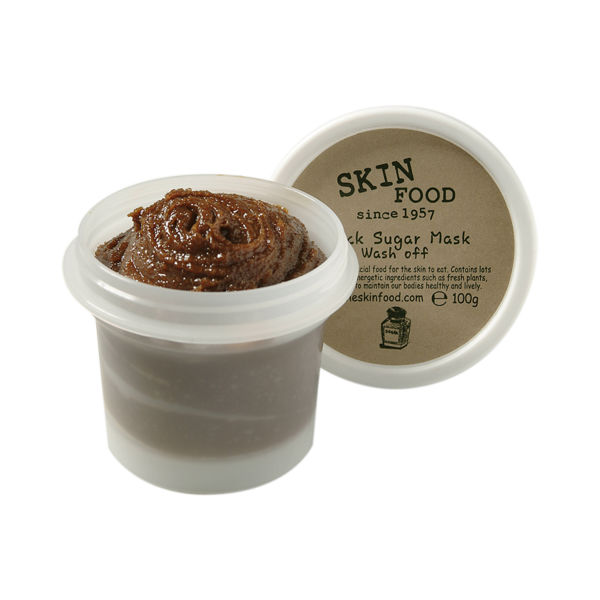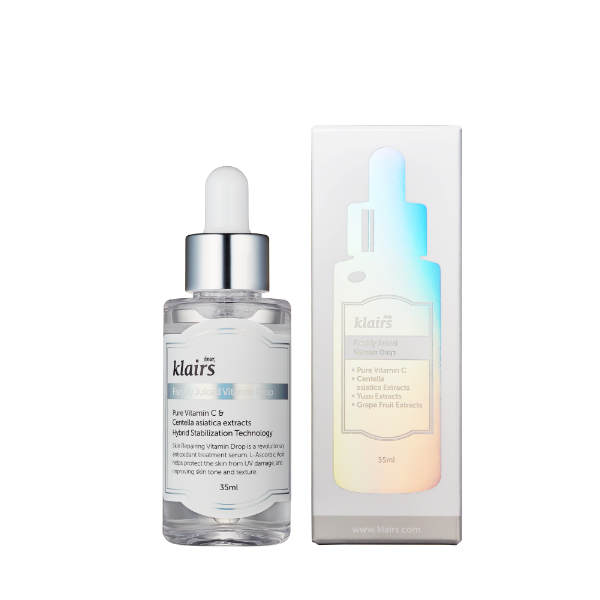Have friends who are skeptical about your K-beauty obsession? Here are some ways to combat the questions about K-beauty that come up over and over again.
It’s no secret to any of my friends that I’m a K-beauty convert. Since my early teens, I’ve struggled with a ton of different skin issues from acne to hyperpigmentation to scarring to just general oiliness. And I’ve tried every product on the market advertised at making them go away. Nothing worked… until I switched over to a K-beauty routine.
Having clear skin changed my life. Maybe that’s a slight overstatement, (what can I say, I’m a little dramatic), but learning how to take care of my skin really did do wonders for my confidence and naturally, I wanted to tell everyone about it. But I’ve noticed as I spread the K-beauty gospel that the same skepticism tends to pop up over and over again, so here’s our guide to what to tell your friends about K-beauty to hopefully calm their confusion and eventually get them to give this life-changing skin care journey a try:
“There’s too many steps. It’ll take too much time.”
It seems like a lot when you first start. Ten steps?! But truthfully, most people are doing at least a few of those steps already. Most people’s routines are already four to five steps and they don’t even know it. Not only that, the ten step routine is a little misleading. Certain steps, like exfoliating or masking, you may or should only do a few times a week.
Skin care is extremely personal. If ten steps is too overwhelming, emotionally or physically on your skin, don’t do them. Start small and build up. If ten steps is too overwhelming for you, maybe the essential five step routine to be an easier transition. This is about finding what works for you, and more importantly, what doesn’t.
Korean beauty is a lifestyle and a mindset. Your routine should be an act of self-care, rather than a chore. For me, washing all the dirt and makeup off my face at the end of the day is refreshing. It’s a familiar process that helps me wind down for the night. In the morning, it wakes me up. Sure, there are days when it feels like more work than it really needs to be but over time, your routine becomes like clockwork. And it always makes me feel like I’m doing something good for myself.
P.S. It isn’t a race, but I can get my routine down to just about six minutes without a mask, and Charlotte can complete her routine in under five minutes.
“Isn’t it expensive?”
Well, yes and no. Sheet masking every day will certainly start to add up. K-beauty can be expensive, but it doesn’t have to be. How expensive a product is usually doesn’t equate to how well it will work for you. Like everything, it’s a balancing act. If there’s a product that you really love and works for you, but it’s a little on the pricier end, it may be worth it. To someone else, perhaps not. The Banila Co. Clean It Zero Classic,the Skinfood Black Sugar Mask Wash Off, and the Klairs Freshly Juiced Vitamin C Serum are essentials in my K-beauty routine that last a long time and won’t break the bank.
The great thing about K-beauty as a global trend is that the entire market has opened up at a wide range of price points. Part of being into K-beauty is not being a brand snob. And similar to how Western brands work, you can almost always find dupes for higher-end products. It’s about doing your research, finding out what ingredients work well for your skin type, what you’re allergic to, and working from there to find products within your budget. With experimentation, there will always be a cost, but it certainly doesn’t have to be more than what you’d pay with a Western brand.
“But what if K-beauty breaks me out?”
There’s always a risk of breakout with any new product be it Western or Korean. You should always patch test a product to find out whether a product may have allergens that our skin will react negatively too. It’s also important to shop for products tailored to your skin type. Finding out your skin type is an easy way to determine some products which should work for you. Not all skin is created equally and our skin is so intimately personal that what works for you could easily not work for your friend, or worse break them out.
“It’s all a fad.”
This is partly true. The hype around K-beauty will likely die down at some point, but it’s not going away. The K-beauty routine as it exists now is passed down through trial and error of Korean women over thousands of years. My Korean grandmother does one (even if she doesn’t call it K-beauty or even a beauty routine).
It isn’t about the routine, though—the routine will change, products will come in and out. It’s about prioritizing your skin. The skin is the largest organ in our bodies, it sticks with us our entire lives, and youthful-looking skin has always been something to be desired. Skin care, just like eating healthy or exercising, is something we do for ourselves because it’s good for our bodies and is good for the long term. (And it makes you look pretty damn good, short term, too).
“What’s so special about Korean beauty anyway?”
Korean beauty isn’t about the products. It’s about skin-first, about believing that skin care is a priority and an investment should be made. It’s about empowering yourself with knowledge and confidence. The Korean perspective changes the way you think about skin care, rather than just the products that you use, and that’s more rewarding than just the clear skin that follows!
The bottom line:
K-beauty isn’t for everyone, but if you have a friend who was like me, tried and true in every product out there and close to giving up, it’s worth a shot. And even if you choose not to use K-beauty products or like to use a mix of Korean and Western products, K-beauty is really about a lifestyle of self-care and treating yourself to beautiful, glowing, and healthy looking skin that will sustain you an entire lifetime.









